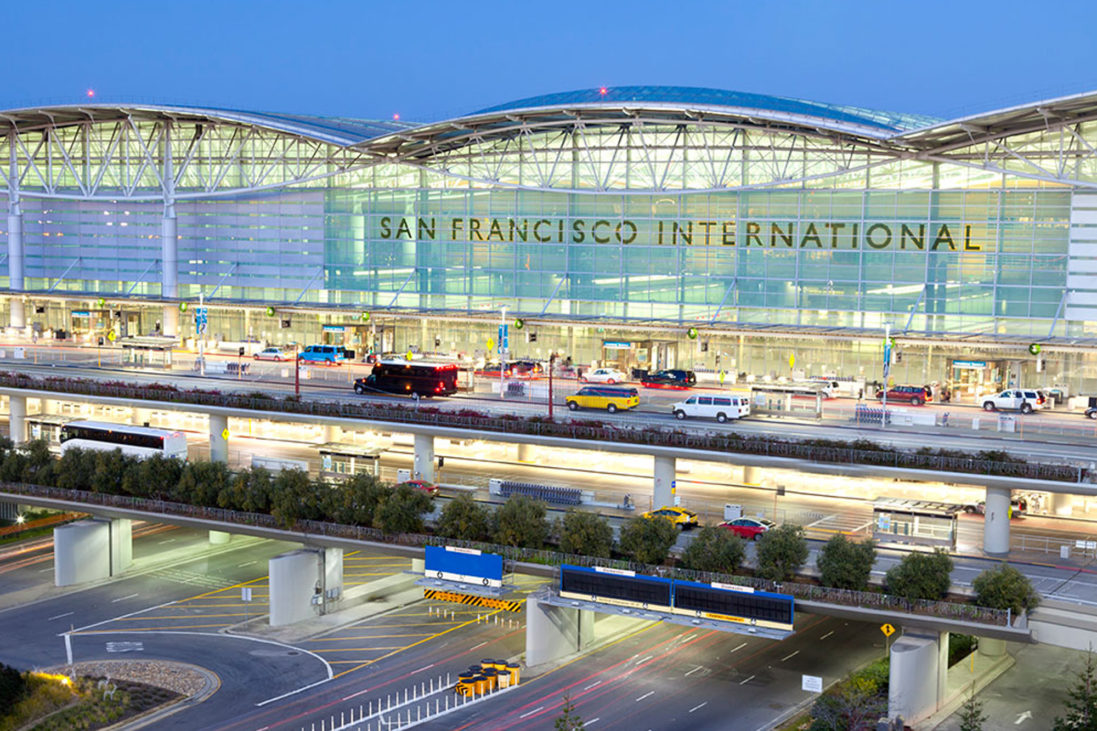
August 1, 2018
Upcoming revisions to the Class B airspace over San Francisco International Airport (SFO) will primarily affect VFR operations throughout the area, but NBAA recommends that business aviation operators flying under instrument flight plans also review these imminent changes coming to Northern California.
Taking effect Aug. 16, the changes significantly reshape the current concentric circle-based Bravo footprint to a staggered layout, intended to capture only the procedures and amount of space needed for arrivals and departures at SFO and leaving added room to accommodate VFR traffic.
Revisions include adding a series of transition routes for VFR traffic in the area, and several new VFR waypoints. The Bravo airspace floors over Palo Alto Airport (PAO) and San Carlos Airport (SQL) also will be altered, and the shelf that currently overlies Norman Y. Mineta San Jose International Airport (SJC) will shift west, leaving the airport out from under Bravo airspace.
For IFR traffic, the changes alter the identification methods of the Class B airspace away from reliance on ground-based navigational aids to utilizing GPS technology and leveraging the increased use of graphical flight system displays, noted Heidi Williams, NBAA director for air traffic services and infrastructure.
“Although most of these changes will be transparent to pilots on instrument flight plans, operators must still pay attention,” she said. “For example, pilots will likely notice VFR traffic congregating in new areas where they’ll interact with IFR traffic around San Francisco.”
The FAA implemented these changes “to improve the flow of air traffic, enhance safety, and reduce the potential for midair collision” in the area, according to its Notice of Proposed Rulemaking published last year. “Further, this effort supports the FAA’s national airspace redesign goal of optimizing terminal and enroute airspace to reduce aircraft delays and improve system capacity.”
The new SFO airspace layout is the result of collaboration between the FAA, general aviation groups and other stakeholders. The agency is holding a series of live presentations and webinars to familiarize pilots in the area with the new procedures. Learn more about the presentations and webinars.


 International Business Aviation Council Ltd.
International Business Aviation Council Ltd.